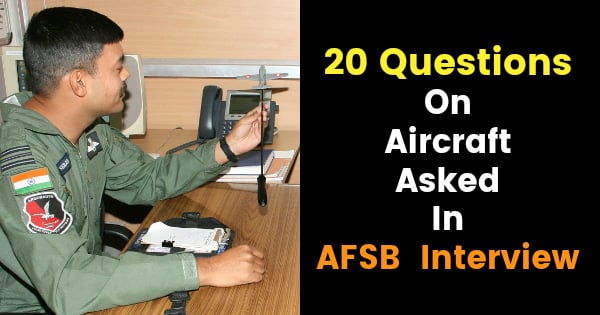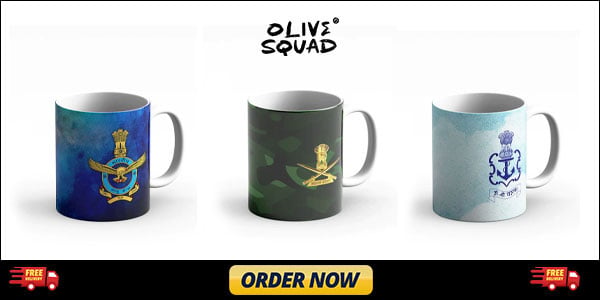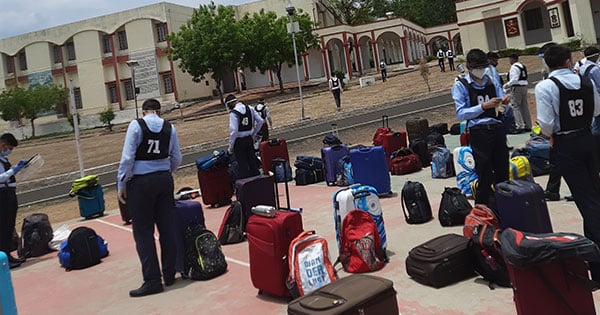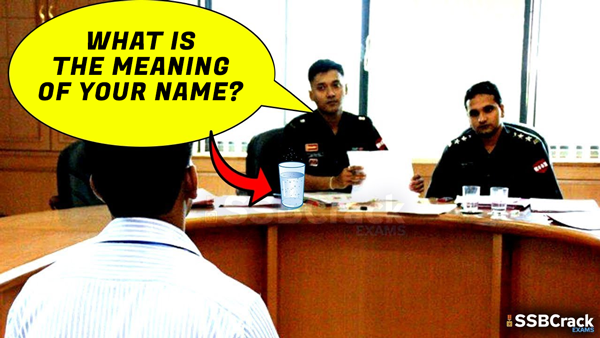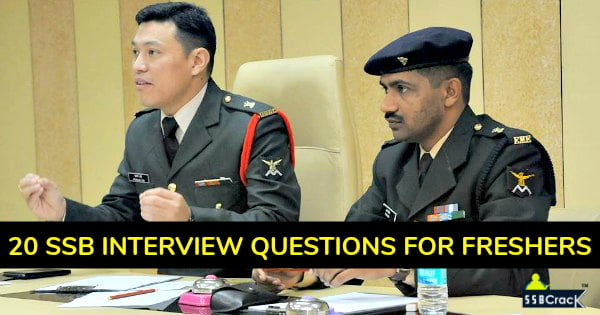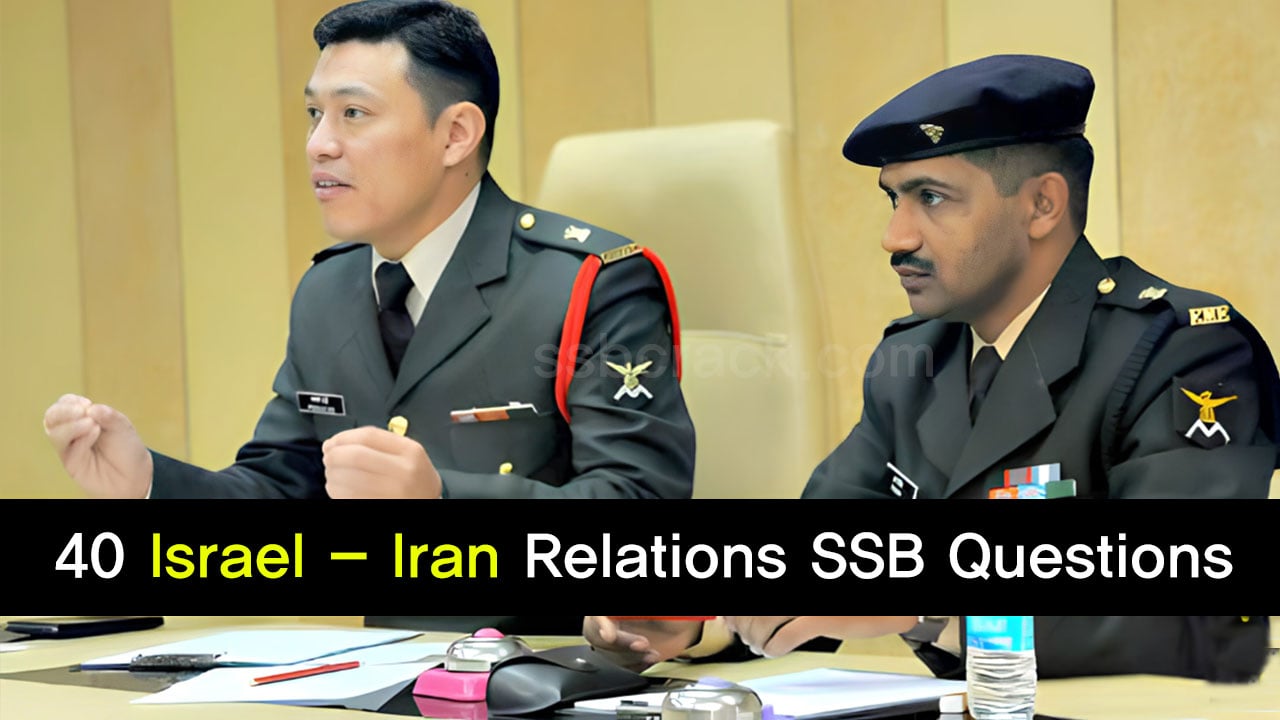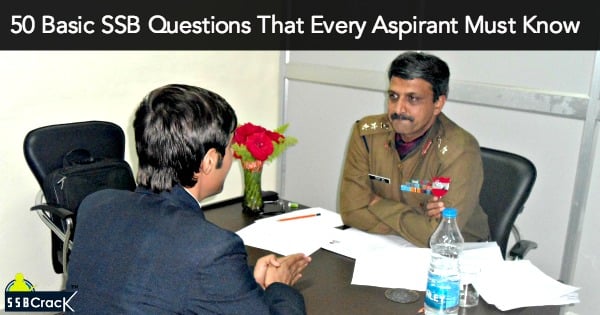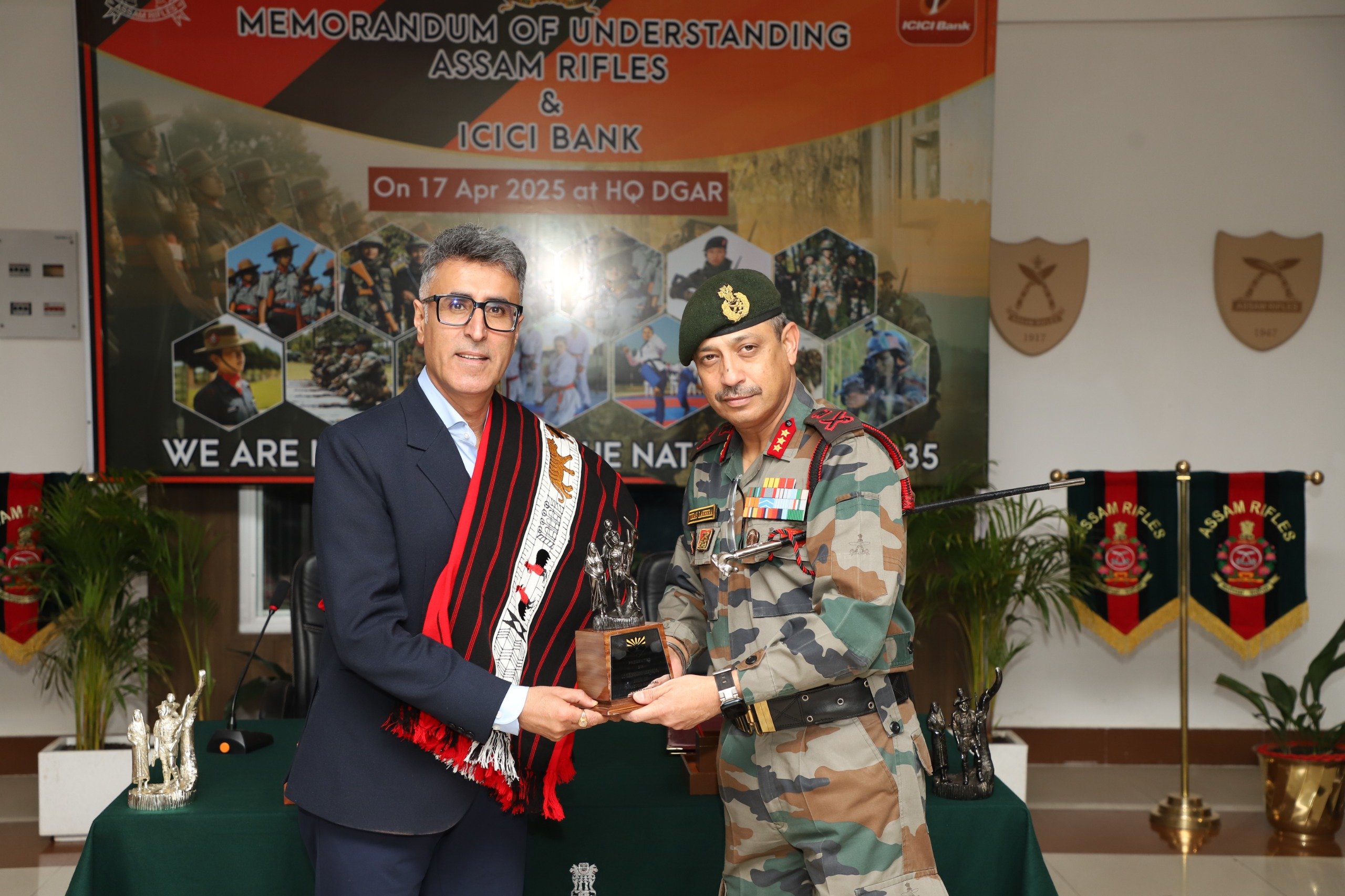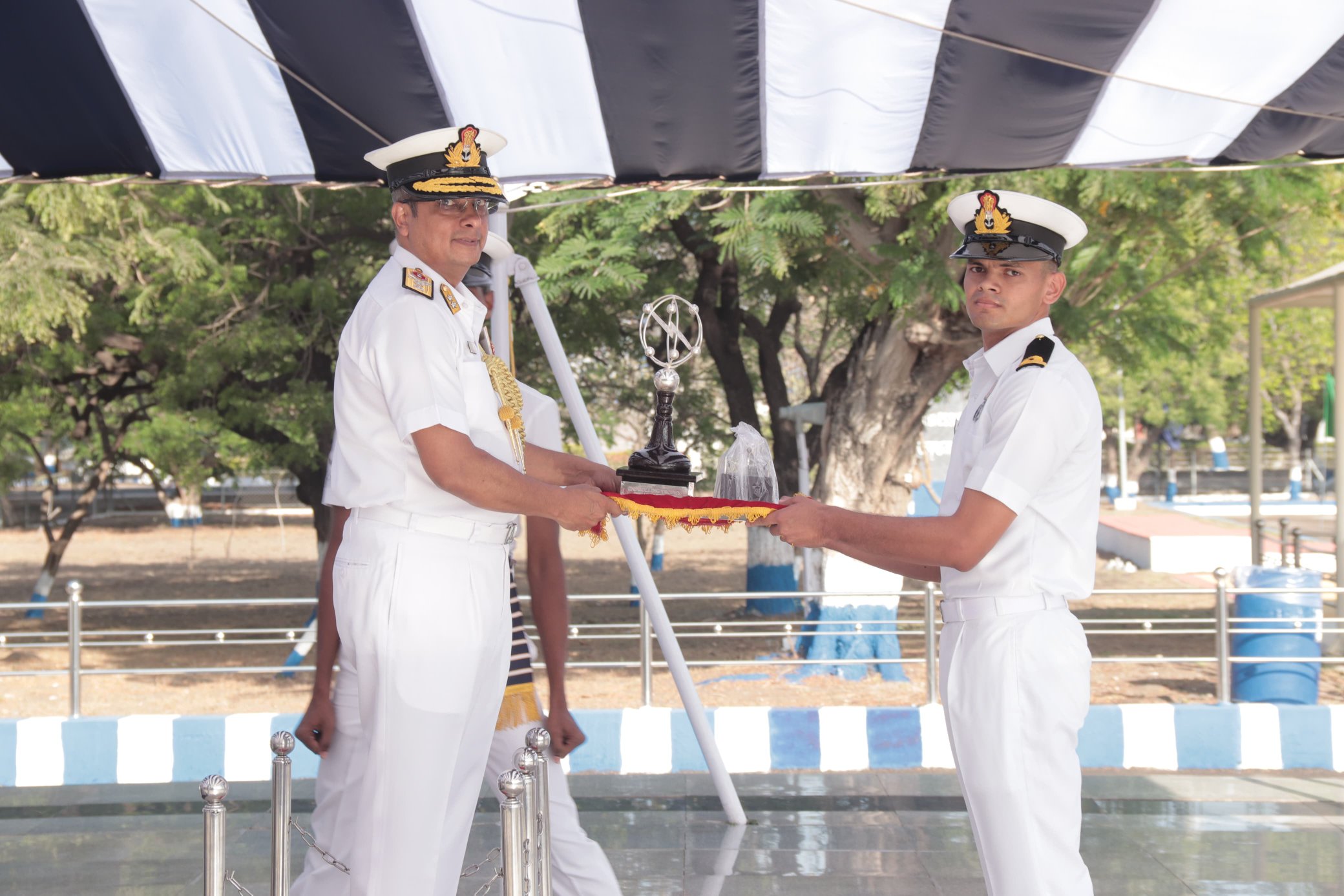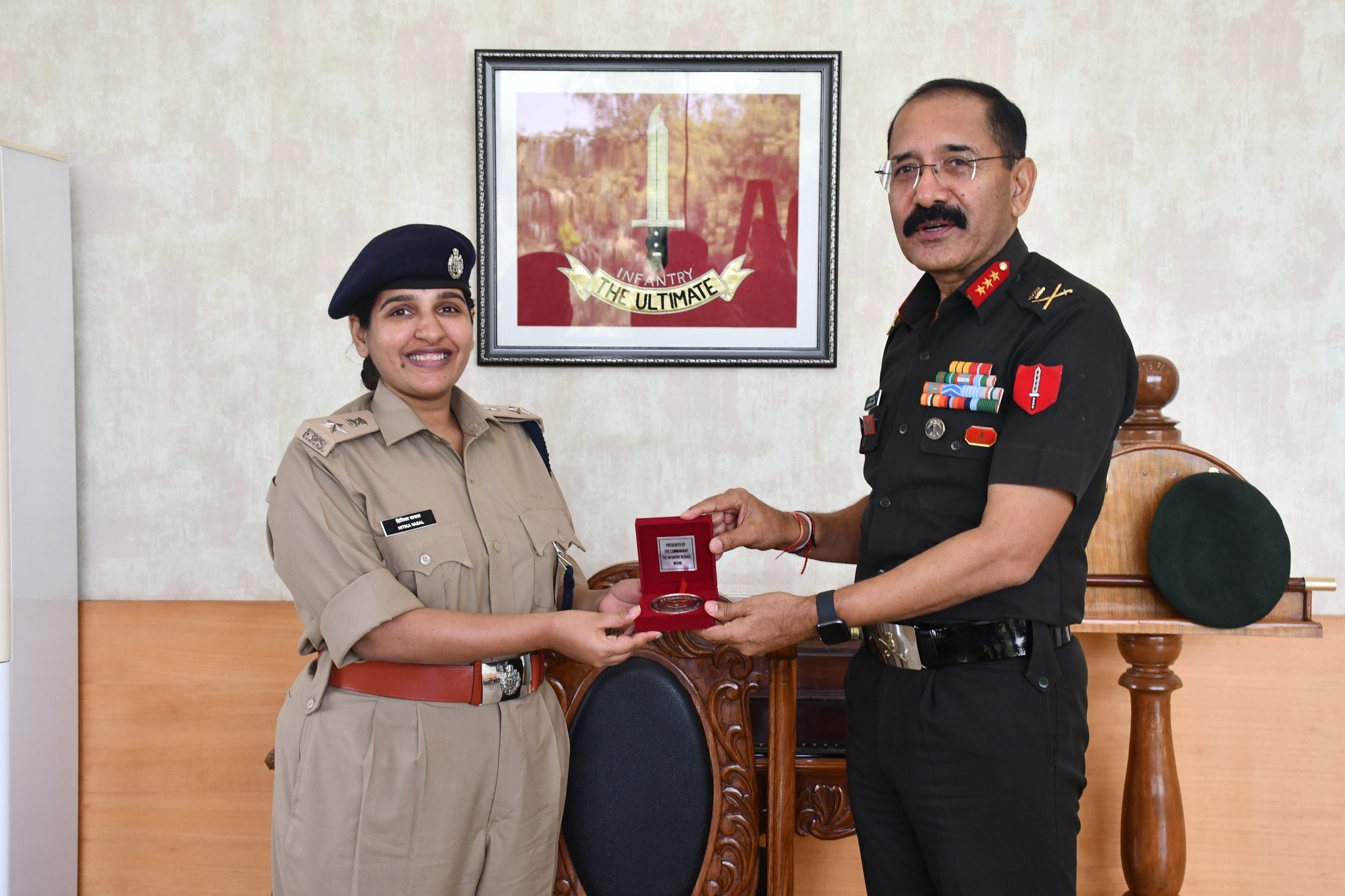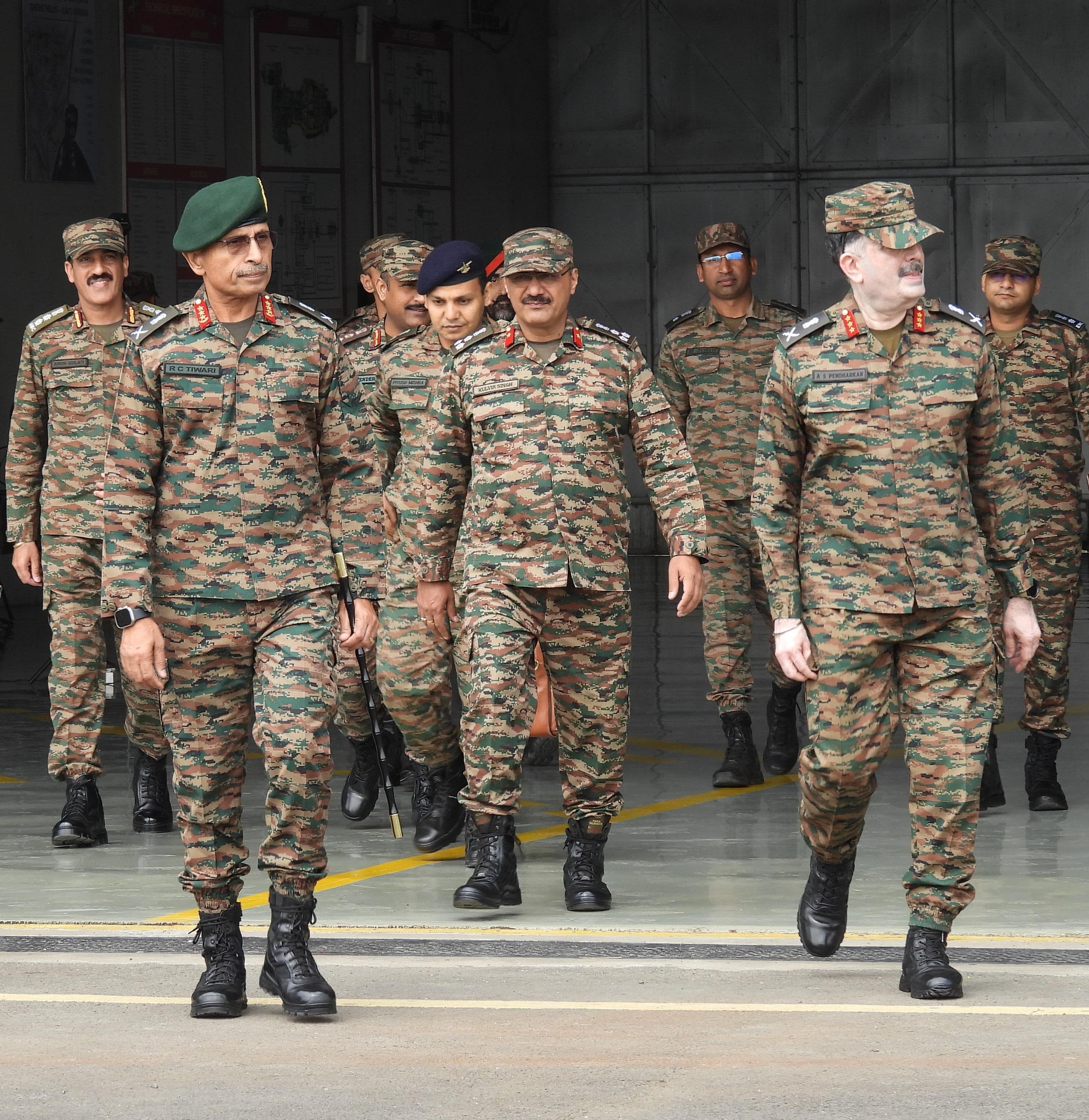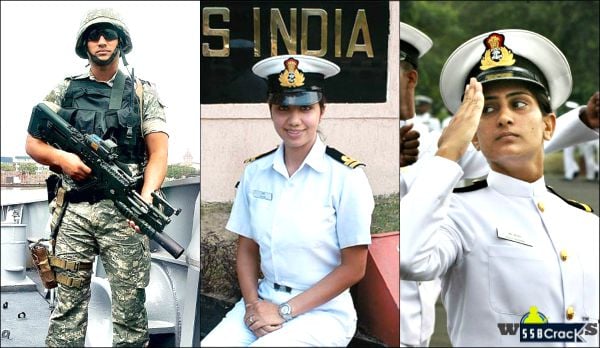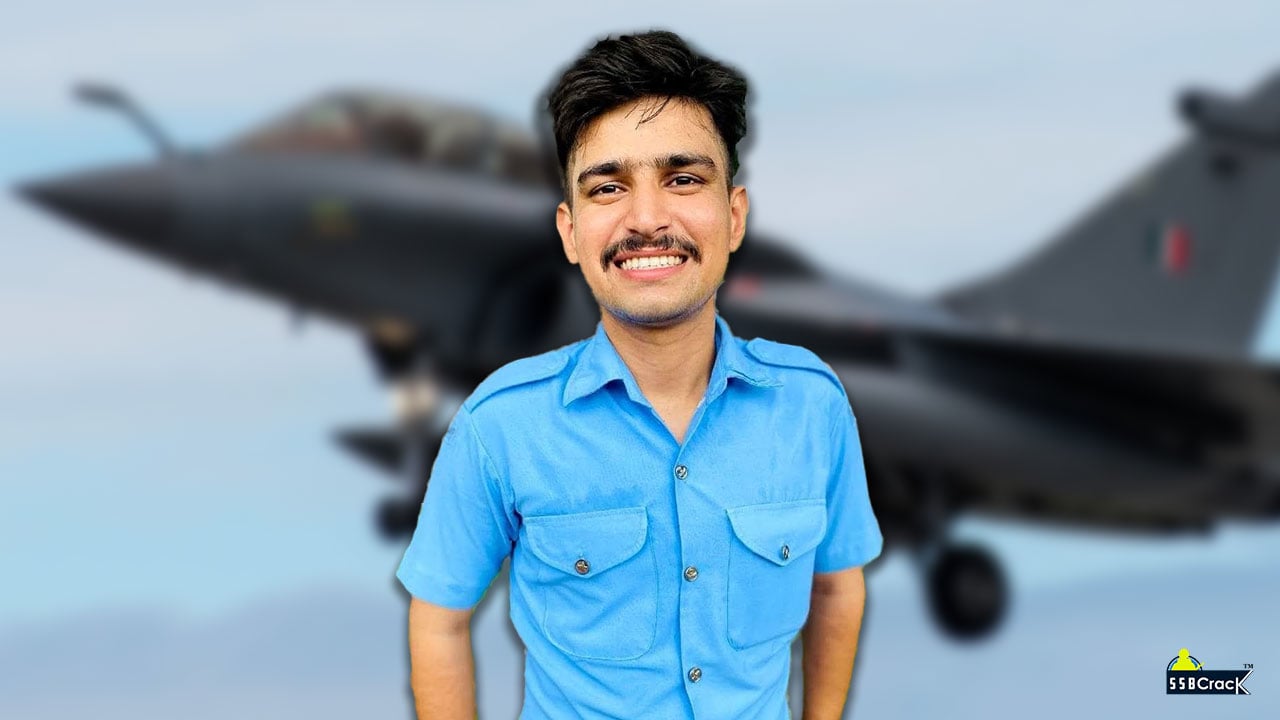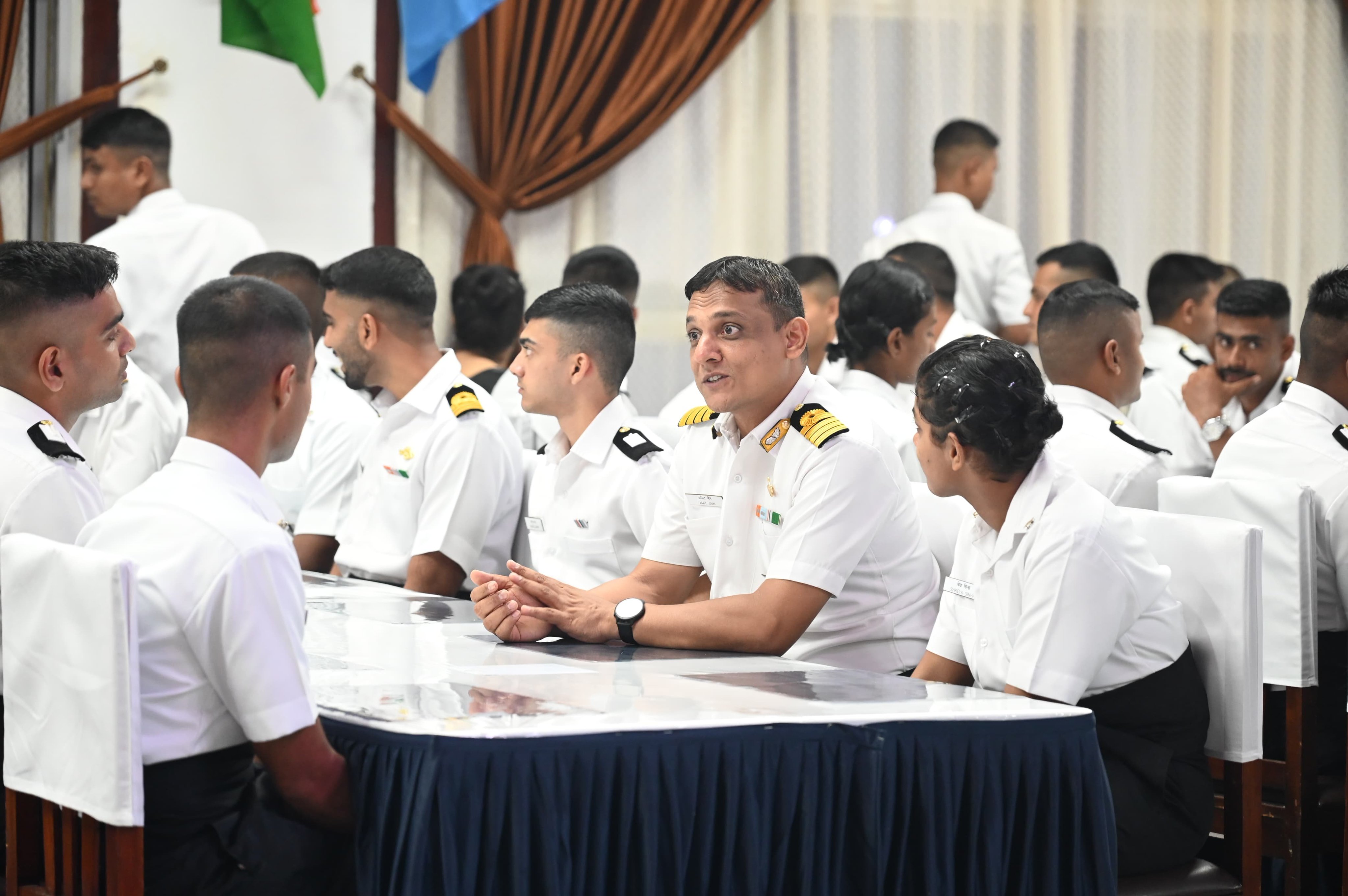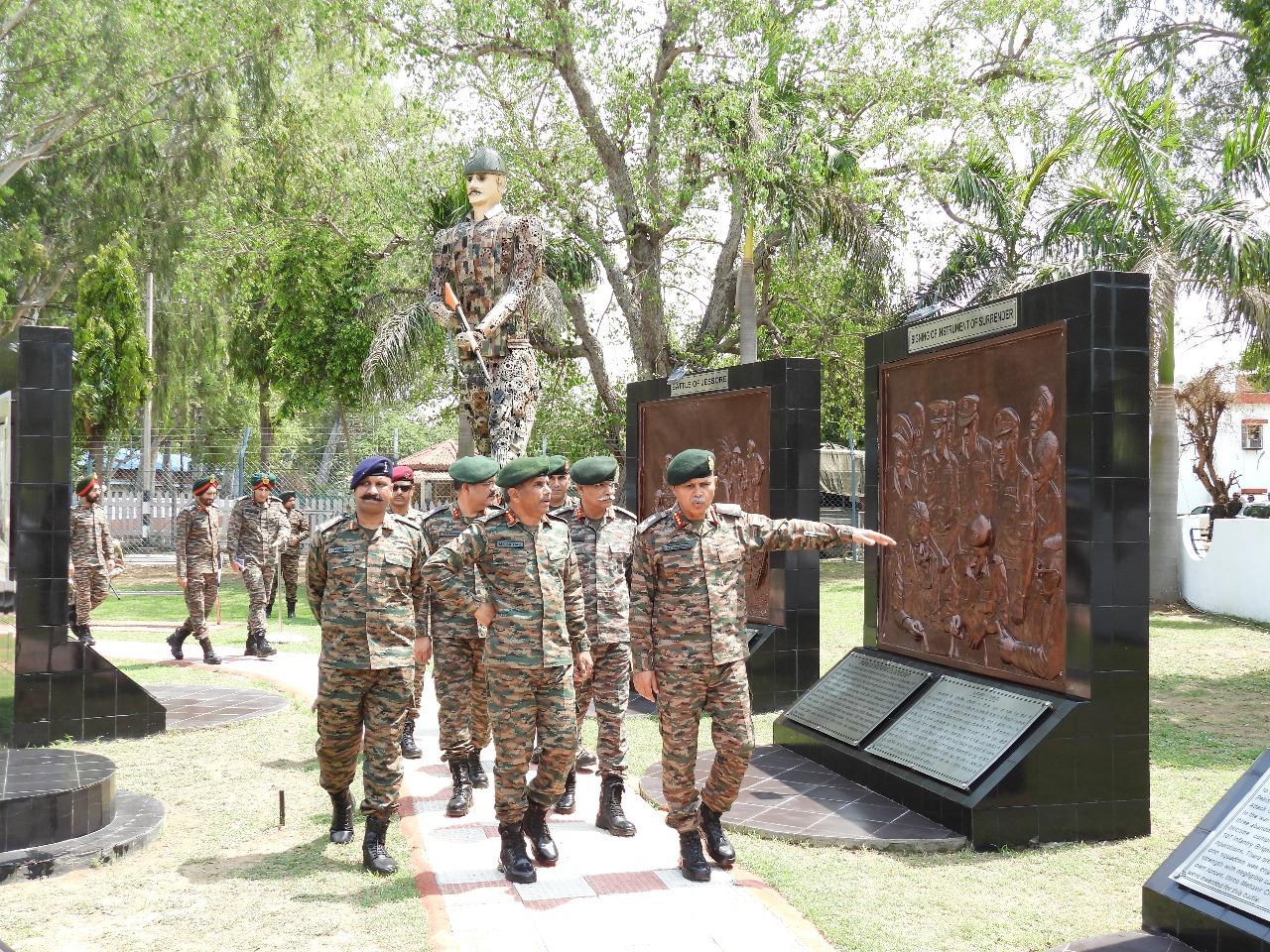The SSB interview process for the Indian Armed Forces maintains a similar structure across all three service branches, with key differentiations in service-specific questions. For Air Force Selection Board (AFSB) candidates, particularly those applying to the flying branch, demonstrating comprehensive knowledge about aircraft and aviation principles is crucial for success.
This guide provides detailed answers to the 20 most commonly asked aircraft-related questions in AFSB interviews, offering candidates the technical information and contextual understanding needed to address these topics confidently.
Essential Aircraft Knowledge for AFSB Interviews
1. On which principle does aircraft fly?
Aircraft fly based on Bernoulli’s principle and Newton’s laws of motion. According to Bernoulli’s principle, faster-moving air creates lower pressure. The curved shape of an aircraft wing (airfoil) causes air to move faster over the top surface than the bottom, creating a pressure differential that generates lift. Simultaneously, Newton’s Third Law explains how the downward deflection of air by wings creates an equal and opposite upward force on the aircraft.
Also Read: 20 SSB Interview Questions For Freshers With Answers
2. What is the meaning of ceiling in aeronautics?
In aeronautics, “ceiling” refers to the maximum altitude at which an aircraft can maintain stable flight. There are several types:
- Service ceiling: The maximum altitude at which an aircraft can maintain a 100 feet per minute climb rate
- Absolute ceiling: The maximum altitude at which an aircraft can maintain level flight
- Combat ceiling: The maximum altitude at which military aircraft can effectively perform combat operations
3. Which fuel is used in aircraft?
Military and commercial aircraft typically use:
- Jet A-1 (or Aviation Turbine Fuel/ATF): Standard kerosene-based fuel for turbine engines with a flash point of 38°C
- Aviation Gasoline (AVGAS): Used in aircraft with piston engines
- JP-8: Military-grade version of Jet A-1 with additives to prevent icing and corrosion
Fighter jets often use specialized variants with higher energy density and thermal stability characteristics.
4. In which layer of atmosphere do aircraft fly?
Most aircraft operate in the troposphere and lower stratosphere:
- Commercial airliners: Typically fly at 30,000-42,000 feet (upper troposphere/lower stratosphere)
- Military fighter aircraft: Can operate up to 50,000-65,000 feet (well into the stratosphere)
- Light aircraft: Generally stay below 10,000 feet (within the troposphere)
The stratosphere offers advantages of reduced turbulence and better fuel efficiency for high-altitude operations.
Also Read: SSB Interview Questions With Answers 2025
5. Name some fighter aircraft owned by India.
India’s air force operates a diverse fleet including:
- Indigenous: HAL Tejas, HAL LCH (Light Combat Helicopter)
- Russian-origin: Su-30MKI, MiG-29, MiG-21 Bison (being phased out)
- French-origin: Rafale, Mirage 2000
- British-origin: Jaguar (manufactured under license by HAL)
6. Explain Tejas aircraft?
The HAL Tejas is India’s indigenous lightweight, multi-role, single-engine tactical fighter aircraft:
- Development: Developed by the Aeronautical Development Agency (ADA) and Hindustan Aeronautics Limited (HAL)
- Features: Delta wing configuration, fly-by-wire flight control system, composite materials for 45% of airframe
- Capabilities: Air-to-air and air-to-surface combat operations with modern avionics suite
- Variants: Mk1, Mk1A (enhanced capabilities), and Mk2 (under development)
- Significance: Represents a major milestone in India’s indigenous defense manufacturing capabilities
7. What is autopilot and how is it helpful in flights?
Autopilot is an advanced flight control system that:
- Automatically controls aircraft trajectory without constant manual input from pilots
- Maintains designated altitude, heading, speed, and can execute complex navigation patterns
- Reduces pilot workload during long flights, minimizing fatigue and human error
- Enables precision operations in adverse weather conditions using instrument navigation
- Modern systems feature modes for takeoff, climb, cruise, descent, approach, and landing phases
Military aircraft use sophisticated autopilot systems integrated with weapons systems for enhanced combat effectiveness.
8. What is the major cause of casualties in MiGs, why is India still using them, and what is India doing to replace them?
The MiG-21 fleet has faced challenges including:
- Causes of incidents: Aging airframes, outdated technology, maintenance challenges, and human factors
- Continued usage: Operational necessity to maintain squadron strength while phasing in replacements
- Replacement strategy:
- Progressive induction of HAL Tejas aircraft
- Acquisition of 36 Rafale fighters (completed)
- Planned acquisition of additional modern fighters under MMRCA 2.0
- Development of Advanced Medium Combat Aircraft (AMCA) and Tejas Mk2
9. What is the minimum count of squadrons that India needs to complete a war with its neighbors?
The Indian Air Force requires:
- Authorized strength: 42 fighter squadrons considered necessary for a two-front conflict scenario
- Current strength: Approximately 30-32 active squadrons
- Strategic context: The IAF’s squadron strength is determined based on threat assessment from neighboring countries, particularly considering simultaneous operations on multiple fronts
- Force multiplication: Modern aircraft with superior capabilities can partially offset numerical disadvantages
Also Read: 50 Personal SSB Interview Questions That You May Face
10. What is the major recent improvement in aircraft of the Indian Air Force?
Significant recent improvements include:
- Rafale induction: Integration of 36 advanced Rafale fighters with superior avionics and weapons systems
- Indigenous development: Progressive deployment of Tejas Mk1A with AESA radar and enhanced capabilities
- Avionics upgrades: Modernization of existing Su-30MKI, Mirage 2000, and Jaguar fleets
- Weapons integration: Addition of BrahMos supersonic cruise missiles, SCALP/Storm Shadow, and Meteor BVRAAMs
- Network-centric warfare: Enhanced data-linking capabilities for improved battlefield awareness
11. Explain the term Mach with respect to aircraft.
Mach number is:
- A dimensionless quantity representing the ratio of an aircraft’s speed to the local speed of sound
- Mach 1 = speed of sound (approximately 343 m/s or 1,235 km/h at sea level under standard conditions)
- Mach numbers define flight regimes:
- Subsonic: Below Mach 0.8
- Transonic: Mach 0.8-1.2
- Supersonic: Mach 1.2-5.0
- Hypersonic: Above Mach 5.0
- Military fighter aircraft typically operate at supersonic speeds for interceptor missions and transonic speeds for cruise
12. Which is better? Indigenous production or importing aircraft?
This question requires a nuanced response:
Indigenous Production Advantages:
- Strategic autonomy and reduced dependence on foreign suppliers
- Development of domestic aerospace ecosystem and technology base
- Economic benefits through job creation and knowledge development
- Customization according to specific operational requirements
- No restrictions on usage or modifications
Importing Aircraft Advantages:
- Immediate access to proven, mature technology
- Lower initial development costs and risks
- Potentially greater reliability through established manufacturing processes
- Access to global supply chains and support networks
Balanced Approach: The optimal strategy combines indigenous development for long-term strategic independence with selective imports to address immediate operational requirements and acquire technology that can be absorbed into the domestic aerospace sector.
13. What is the difference between the functions of 4th and 5th generation aircraft?
4th Generation Aircraft (Like Su-30MKI, Rafale):
- Multi-role capability but with visible radar signature
- Advanced but conventional avionics and radar systems
- Digital fly-by-wire controls
- Beyond Visual Range (BVR) combat capabilities
- Limited sensor fusion capabilities
5th Generation Aircraft (Like F-35, Su-57):
- Stealth technology with drastically reduced radar, infrared, and acoustic signatures
- Advanced sensor fusion integrating data from multiple sources into unified displays
- Supercruise capability (supersonic flight without afterburners)
- Advanced networking capabilities for cooperative engagement
- Internal weapons bays to maintain stealth characteristics
14. What is stealth technology, which is being approached by superpowers?
Stealth technology encompasses:
- Radar Cross Section (RCS) reduction through:
- Aircraft shape design featuring aligned edges and faceted surfaces
- Radar-absorbing materials (RAM) coating key surfaces
- Internal weapons carriage to avoid external stores detection
- Infrared signature reduction through:
- Engine exhaust shielding and cooling
- Surface temperature management
- Acoustic signature reduction through:
- Modified engine design and sound dampening
- Electronic emissions control minimizing active radar use
Major powers including the US, Russia, China, and to some extent India are developing these technologies for their next-generation aircraft.
15. What are FGFA and AMCA?
FGFA (Fifth Generation Fighter Aircraft):
- Originally a joint Indo-Russian project based on the Russian Su-57
- India withdrew from the collaboration in 2018 due to concerns about technology sharing and performance capabilities
- Was intended to be India’s first fifth-generation fighter platform
AMCA (Advanced Medium Combat Aircraft):
- India’s indigenous fifth-generation fighter aircraft program led by ADA and HAL
- Features stealth technology, supercruise capability, advanced avionics, and sensor fusion
- Planned in two phases: Mark 1 (5th generation features) and Mark 2 (with more advanced indigenous engine)
- Expected to enter production later this decade to serve as the IAF’s premier air superiority fighter
16. Tell me some upcoming aircraft deals in India.
Notable upcoming aircraft acquisitions include:
- MRFA (Multi-Role Fighter Aircraft): Potential acquisition of 114 fighters through competitive bidding
- Tejas Mk1A: Additional orders beyond the current 83 aircraft
- Tejas Mk2: Medium-weight fighter with enhanced capabilities under development
- AMCA: Fifth-generation fighter scheduled for production by 2030
- Military transport aircraft: Potential additional C-295 aircraft being manufactured domestically
- UAVs and UCAVs: Acquisition of various unmanned platforms including armed variants
Also Read: 100 AFSB Interview Questions
17. What are the different types of aircraft?
Aircraft are categorized based on their design and mission profiles:
Military Aircraft:
- Fighters: Air superiority, interception, strike (Su-30MKI, Rafale)
- Bombers: Strategic and tactical bombing (Tu-22M3, B-2)
- Transport: Troop and cargo movement (C-17, C-130J)
- Tankers: Aerial refueling (IL-78)
- AEW&C: Airborne Early Warning and Control (Netra, Phalcon)
- Reconnaissance: Intelligence gathering (Global Hawk)
Civil Aircraft:
- Commercial airliners: Passenger transport
- Cargo aircraft: Freight transport
- General aviation: Private flying, flight training
- Utility aircraft: Survey, monitoring, firefighting
Rotary-wing Aircraft (Helicopters):
- Attack helicopters (Apache, LCH)
- Transport helicopters (Chinook, Mi-17)
- Reconnaissance helicopters
18. Who is the inventor of the airplane?
The Wright brothers, Orville and Wilbur Wright, are credited with inventing, building, and flying the world’s first successful motor-operated airplane. Their historic first controlled, sustained flight of a powered aircraft occurred on December 17, 1903, at Kitty Hawk, North Carolina, USA.
Key points:
- Their aircraft, the Wright Flyer, made four flights that day, with the longest lasting 59 seconds and covering 852 feet
- Their success came from systematic research including wind tunnel testing and control system development
- They developed the three-axis control system (pitch, roll, yaw) that remains standard in fixed-wing aircraft
19. What is a multi-role fighter aircraft?
A multi-role fighter aircraft is designed to perform multiple mission types effectively, including:
- Air-to-air combat: Both Beyond Visual Range (BVR) and Within Visual Range (WVR) engagements
- Air-to-ground strikes: Against both fixed and mobile targets
- Reconnaissance: Intelligence gathering and surveillance
- Electronic warfare: Jamming and suppression of enemy air defenses
Examples in the IAF include:
- Rafale: Capable of nuclear deterrence, air superiority, reconnaissance, and precision strike
- Su-30MKI: Can perform air superiority, ground attack, and anti-shipping missions
- Tejas: Designed for air defense with secondary ground attack capability
Multi-role designs offer operational flexibility and cost-effectiveness compared to specialized aircraft.
20. In which fields can aircraft be used other than air force?
Aircraft serve numerous civilian and paramilitary functions including:
- Law enforcement: Border surveillance, anti-narcotics operations
- Disaster management: Search and rescue, relief supply drops, evacuation
- Scientific research: Weather monitoring, environmental surveys, oceanography
- Agriculture: Crop dusting, monitoring large agricultural areas
- Medical services: Air ambulances, organ transportation
- Forest management: Fire detection and suppression
- Commercial transportation: Passenger and cargo transport
- Maritime patrol: Coastal security, anti-piracy operations
- Space exploration: Research aircraft and lifting bodies for atmospheric testing
Preparation Strategy for AFSB Aircraft Questions
To excel in aircraft-related questions during AFSB interviews:
- Develop fundamental understanding: Master basic aerodynamics and flight principles
- Stay updated: Follow defense news sources for latest developments in Indian aviation
- Study IAF inventory: Know the capabilities and limitations of aircraft in service
- Understand strategic context: Consider how aircraft relate to India’s defense strategy
- Form reasoned opinions: Be prepared to discuss indigenous vs. imported platforms
- Connect technical knowledge with operational implications: Demonstrate understanding of how aircraft capabilities translate to mission effectiveness
Conclusion
Mastering aircraft-related questions is essential for AFSB candidates, particularly those aspiring to join the flying branch. Beyond memorizing facts, interviewers assess your understanding of aviation principles, awareness of current developments, and ability to articulate informed opinions.
Candidates should prepare thoroughly based on their educational background, with engineering students (especially from aeronautical disciplines) and CPL holders expected to demonstrate deeper technical knowledge. Remember that thoughtful, well-structured responses reflecting genuine interest and understanding will make a stronger impression than memorized answers.

